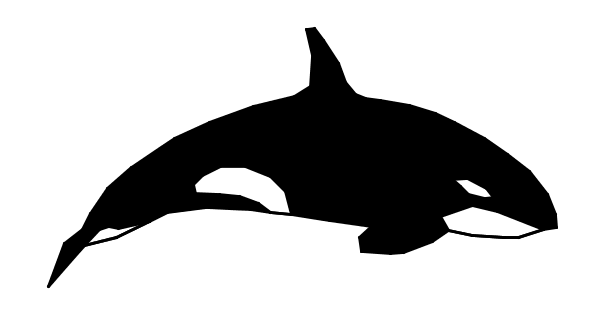ExampleB.6.1
Find the perimeter and area of the following shape.
To find this shape's perimeter, we must find the missing length of those two segments. We can do that simply by subtraction:
Now we can calculate the perimeter. We will start from the top right corner, walking down and around the shape while adding up the distance traveled:
\begin{equation*} \text{perimeter}=6\text{ ft}+10\text{ ft}+2\text{ ft}+3\text{ ft}+4\text{ ft}+7\text{ ft}=32\text{ ft} \end{equation*}There are two methods to calculate this shape's area. Let's look at the next figure:
The first method is to add up those two blue rectangle's area:
\begin{equation*} \text{area}=20\text{ ft}^2+28\text{ ft}^2=48\text{ ft}^2 \end{equation*}The second method is to calculate the big \(10\times6\) rectangle's area (\(60\text{ ft}^2\)), and then subtract the missing rectangle's area:
\begin{equation*} \text{area}=60\text{ ft}^2-12\text{ ft}^2=48\text{ ft}^2 \end{equation*}